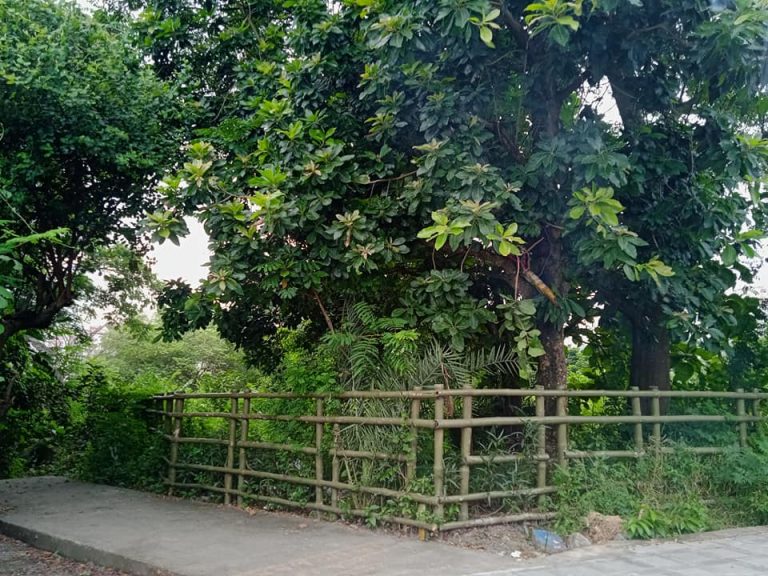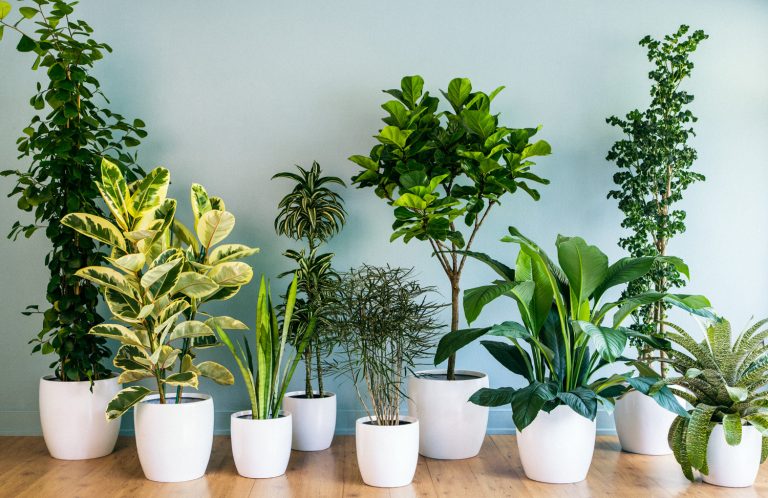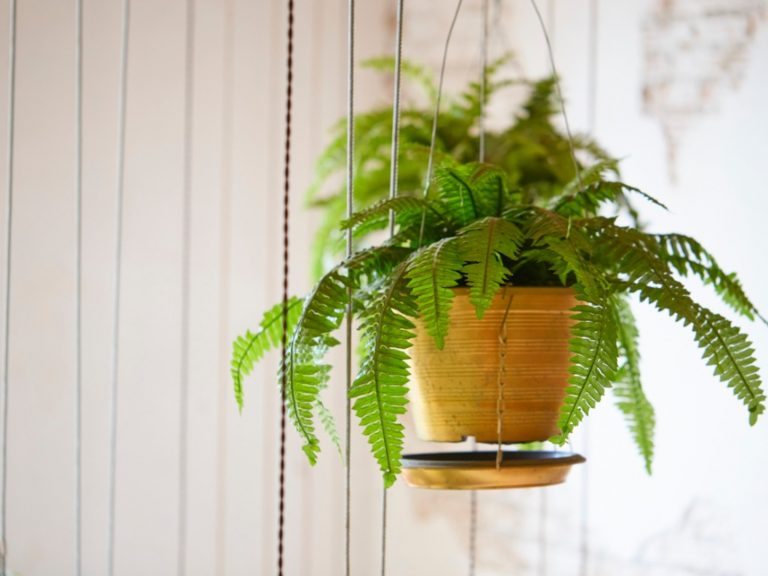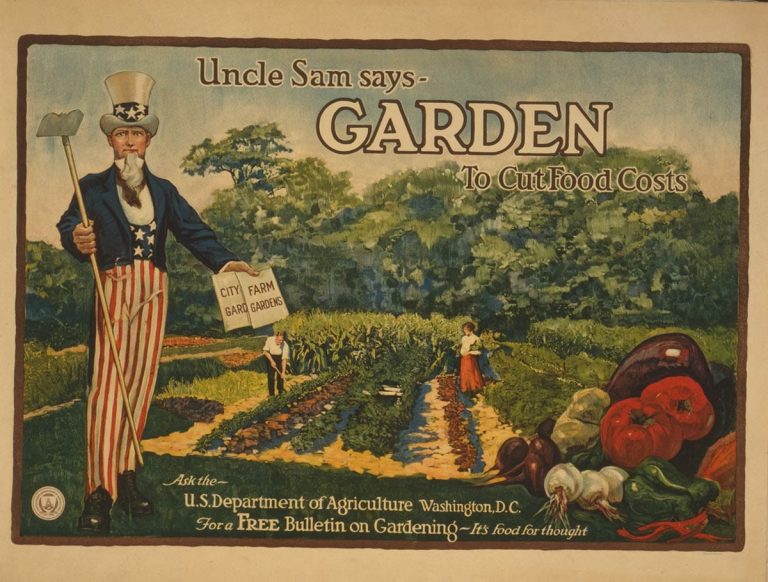Few days back a clear blue sky and crisp morning sunshine lured me out on a walk to a nearby nature park. Surrounded by trees, a gentle morning breeze played with the leaves, and finding myself alone, I removed my mask to allow myself a breath of fresh air. Feeling rejuvenated with my lungs full of clear air, it dawned on me how many citizens are bereft of such simple pleasures of life, where a breath of fresh air has become a scarcity, for instance in our capital city.
Every winter the air of Delhi and its surroundings becomes too poisonous to inhale. Few days back it shocked many of us to find out that breathing the toxic air of Delhi was equivalent to children smoking ten cigarettes every day, according to an analysis of pollution statistics by The India Today Data Intelligence Unit (DIU). Previously too DIU had stressed on how hazardous this can be for a person’s health and warned of a massive seventeen years drop in average life expectancy if one is continuously exposed to such extreme levels of pollution for a long duration like Delhi has been experiencing over the past few years.

But even more disturbing is that Delhi isn’t alone. A report by IQAir, a climate group based in Switzerland found that not just Delhi, but Kolkata and Mumbai too are on the top ten list of most polluted cities from around the world. There are a combination of factors resulting in such severe air pollution. From stubble fires, vehicular emissions, anthropogenic activities to weather patterns like the anticyclonic circulation and La Nina that prevents the rise and dissipation of air pollutants and leads to intensifying the pollution levels of a place. With forecasts of La Nina this winter, along with a harsher cold conditions, the pollution levels are expected to worsen. For a country that is still seeing thousands of Covid-19 infections every day, a disease that attacks and considerably weakens the functions of our lungs – clean air is not an option, but a necessity.
This takes me back to the 2012 children’s film titled, The Lorax, about people having to survive on bottled oxygen, the result of thoughtless cutting down of trees. It’s a universally known fact that trees, the hardwood in particular, are excellent at absorbing carbon dioxide, with a single mature tree absorbing upto forty-eight pounds per year. To make our cities more liveable urban planners encourage planting species of trees like rubber and banyan that besides fighting climate change are also helpful in cutting back on air pollution and reduce noise. But while that happens, as individuals there’s something we can do to bring immediate respite to our lives at least when indoors.

A tiny green space back home can feel like an oasis when you return after a long day exposed to toxic outdoors. Indoor plants increase the oxygen levels of the air around them, and some popular plants are believed to be excellent air purifiers, that can absorb toxic pollutants found even in indoor air. A study by The NASA Clean Air Study some years ago to find ways to purify the air in space stations popularized a few houseplants as good air purifiers. Pothos or the good old money plant is one of the easiest to propagate indoors. The snake plant with slender green leaves and horizontal streaks that grow upright is suited for bedrooms owing to its ability to convert harmful carbon dioxide gas to oxygen, even at night.
In case sunlight is scarce, peace lilies are a good bet if you want rich, dark-green foliage. But in order for them to bloom, bright, indirect sunlight is a must. Ficus elastica or rubber tree is known to produce an abundance of oxygen besides filtering the air. It’s a fast growing plant that does well even in low light and can be propagated as a medium-size indoor plant. However, all these above mentioned plants can be poisonous if ingested and must be kept out of reach of children and pets. On the other hand Boston ferns and spider plants are considered safe house plants that also perform air purification like the others.

While further studies are needed to corroborate and ascertain the effectiveness levels of these plants in removing air pollutants, there is thumping evidence to support the fact that gardening benefits the physical and mental health tremendously. According to a study published in Science Daily, research found gardening to improve an individual’s emotional well-being in a way that can be similar to exercise like walking and biking. Forced to remain indoors due to the pandemic, as people sought new ways to stay active and in a positive frame of mind, gardening emerged as a popular recreational activity from which people benefitted the most.

Historically too, multiple evidence points to people taking up gardening when adversity struck. During World War I the U.S. government encouraged people to fight food shortage by planting a Liberty Garden and gardening helped jobless people survive the Great Depression. Once more during World War II, people turned to gardening and the concept of Victory Gardens became popular in the U.S. among families as well as community groups to boost morale alongside a food source.
The best part about gardening is everyone can do it in whatever available space you have at your disposal, be it a tiny balcony, a large terrace, a sunny window or inside a living room – with the right choice of plants you can create your very own green haven and minimize the hazardous side-effects of air pollution.
Images courtesy: Pixabay, Wikimedia Commons, Pallavi Banerjee
Lesley D. Biswas is a freelance writer and children’s author based in Kolkata. Her interests include nature, bird photography and cricket.







